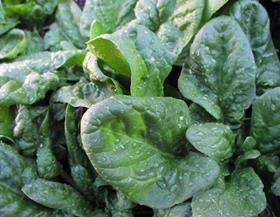
Scientists in Sweden have found a new way of freezing vegetables and fruit that keeps cells alive, paving the way for fresh, locally grown produce to be available to consumers in the middle of winter.
Researchers at Lund University, who developed and patented the technology, say fruits and vegetables frozen using this method have the advantage of more closely resembling their original fresh state once they have been thawed.
“When we keep the cells alive after thawing, we keep the nutrients and vitamins inside the cells intact, as well as the freshness characteristics; things like taste and elasticity,” explained Federico Gomez, associate professor of food technology at the university.
Scientists at the university initially wanted to understand how plants such as carrots survive the freezing temperatures of winter. Using input from two other research areas –how cells can be treated with electrical pulses, and how tissue behaves in a vacuum – they came up with their unique method.
The technique revolves around trehalose, a natural substance found in yeast and certain insects, fungi and types of grass that all survive cold winters better than other plants and vegetables. Trehalose prevents cells from busting due to ice crystals forming, something that also happens if you put fresh salad in the freezer.
The vegetables are first put in a vacuum machine, and the air is extracted. Water containing trehalose is then injected and replaces the air in the tissue. To make sure the substance is both inside and outside the cells, a small electrical pulse is applied in order to penetrate the outer cell membrane. The vegetables are frozen after a few hours, since the cells have been put under stress.
According to the research team, so far the method has worked well on spinach, strawberries and parsnips, but not as well on potatoes, something they are still trying to understand. Other vegetables, such as peas, have a different cell structure and are less affected by being frozen altogether.



